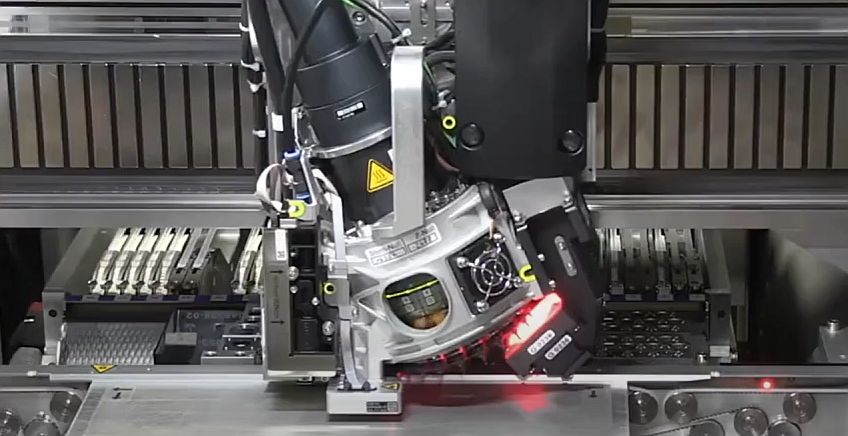Flex tests In-line detection of Counterfeit Components
16 August, 2020
Cybord analyzes images of each electronic component captured on the SMT line - and identifies in real time if the component is counterfeit, recycled - or if it was contaminated by a malicious code
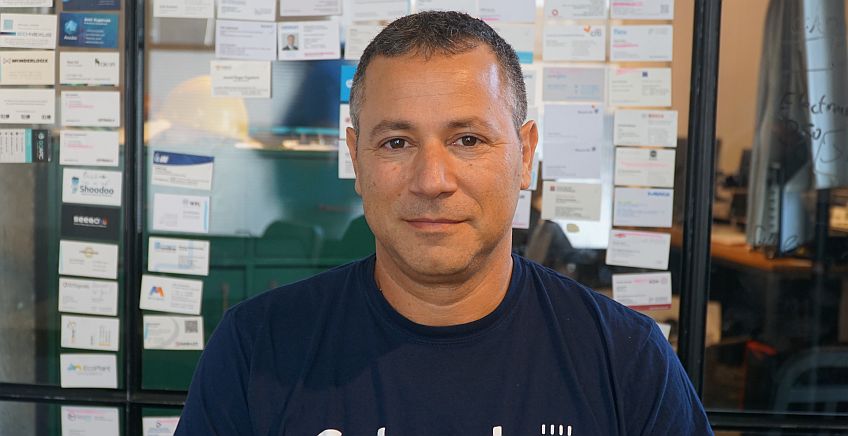
Above: Cybord’s Founder and CTO, Dr. Eyal Weiss
Cybord from Tel Aviv has developed a new concept for detecting counterfeit components right on the production line, guaranteeing that every component will only be assembled after a comprehensive inspection by utilizing existing systems in the SMT placement machines (Pick and Place). In a meeting with the Founder and CTO, Dr. Eyal Weiss and the CEO Zeev Efrat, we learned that the technology is already being tested at Flex Israel’s plant in Ofakim, and another pilot is likely to be carried out soon at the Flex’s plant in Migdal Haemek, using ASM machinery.
The technology uses visual data taken from industrial SMT machines: During manufacturing process, the machines capture image of each component to ensure it is placed on the circuit in the right direction and at the correct angle. Cybord connects to the placement machine software, extracts the images as they are produced, and examines them using an Artificial Intelligence algorithm.
The algorithm identifies vital data such as the manufacturer identity, date of manufacture and more. It provides authenticity level, solderability (which also indicates the age of the component), whether attempts were made to connect and reprogram the component and whether it was disassembled from an electronic board – before being returned again to the production line.
A 3 cents worth capacitor risked NIS multi-billions project
Processing all these parameters makes it possible to identify whether the component is counterfeit. In this case, the SMT machine will discard the component or halt the production line – in accordance with the factory policy. Siemens was impressed by the idea, adding the company to its Dynamo program that supports start-ups. Cybord is also conducting a joint trial with a leading placement machine maker to control their SMT machines by Cybord.
The company was founded as the result of an unexpected malfunction, which almost shut down a strategic project that had twice received the Israel Security Award. Weiss is an Electronics Engineering PhD with 12 years of experience in an advanced national technological research group.
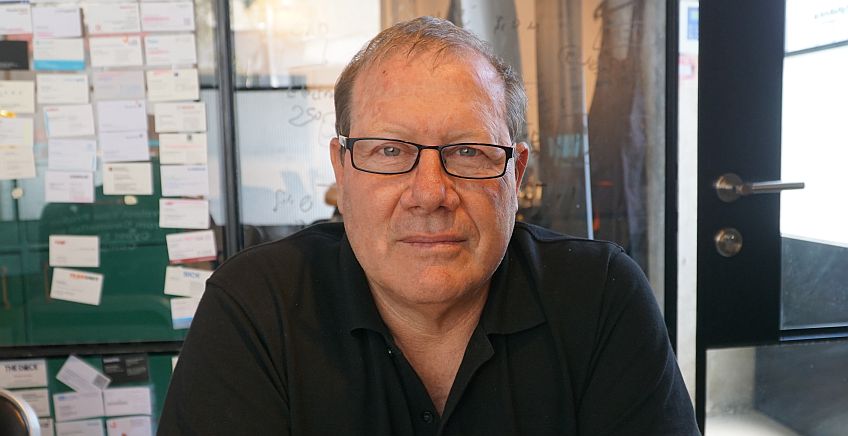
Several years ago he managed a very large technological development project for a system that includes sensors, algorithms, and complex electronic manufacturing. Weiss: “Although all the tests showed that the system was working properly, when field trials began, there were inexplicable glitches that we were unable to locate.”
Everything seemed fine – but the system was not working properly. After four months of searching, the problem was revealed: ceramic capacitors (MLCC) that were thought to be new, actually came from a 10-year-old component reel. “A project worth three billion shekels was almost canceled due to a simple capacitor costing just 3 cents.
“The production was done in a large and well-known Israeli company, the components were purchased from authorized suppliers, the documentation was correct – but the capacitor was a fake.” Following this experience, Weiss came to the conclusion that a way must be found to test each component before it reaches the production line.
Why should you check all the components and not settle for samples?
Weiss: “The U.S. Department of Defense security standard requires a statistical test for each set of reels by sampling one component from the beginning of the batch, one component from the center of the batch and one component from the end of the batch. This is why counterfeiters scatter fake parts randomly throughout the entire cylinder. Usually, they don’t sell a reel or cartridge made up entirely of counterfeit components. Rather, they sell a reel or cartridge that contains real components but also has counterfeit components in between.”
Fake Component in every Electronic Device
The problem of counterfeit components is complex and comes in many forms. The most obvious is actual forgery: a change in the documentation that appears on the component to present it as a different component, or the unauthorized production of copies using stolen intellectual property or reverse engineering. In many cases these are old components manufactured on expired dates or that have not passed quality testing, and their documentation is forged so they appear to be new, ‘fresh’ and qualified components.
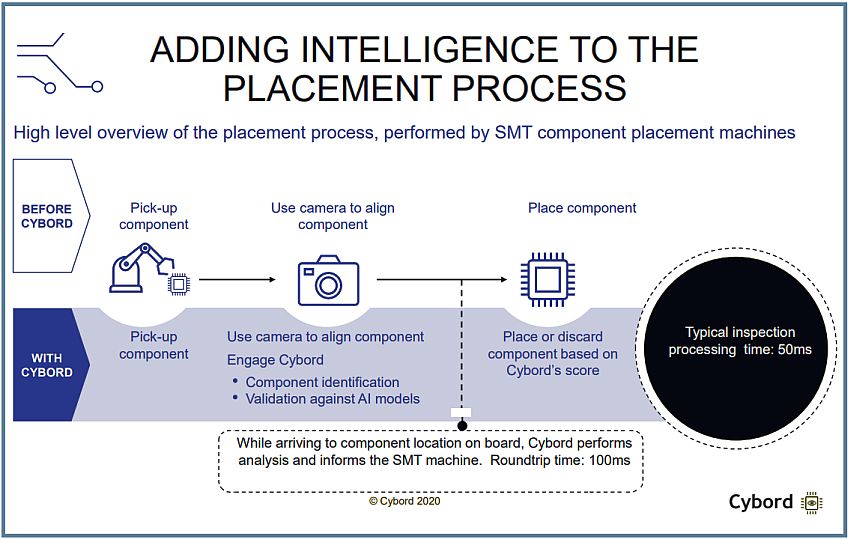 The forgeries are often recycled components, removed from old PCB boards and returned to the market. In some cases, the forgery manifests as a change that has been made to the components – mainly burning software for the purpose of inserting back-entry doors for hackers or for the purpose of compromising performance at the critical moment. This category has been nicknamed “Silicon Time Bomb”. The CEO Zeev Efrat: “The US Department of Commerce estimates that 5%-10% of the components in the world are counterfeit and their market scope is estimated at about $70 billion a year. This means that almost every electronic device has at least one counterfeit component.”
The forgeries are often recycled components, removed from old PCB boards and returned to the market. In some cases, the forgery manifests as a change that has been made to the components – mainly burning software for the purpose of inserting back-entry doors for hackers or for the purpose of compromising performance at the critical moment. This category has been nicknamed “Silicon Time Bomb”. The CEO Zeev Efrat: “The US Department of Commerce estimates that 5%-10% of the components in the world are counterfeit and their market scope is estimated at about $70 billion a year. This means that almost every electronic device has at least one counterfeit component.”
How can real time flash photography detects counterfeit component?
Eyal Weiss: “We collect these images, compare them to a database of components and immediately know who the manufacturer is. Additional algorithms detect component phenomena that indicate whether it is original or counterfeit. For example, there is a clear correlation between the component’s age and its oxidation level. Another indicators: The contacts are made of a soft material and leave traces of its history that allow us to identify recycled components or if it had been connected to a circuit in order to inject malware.
“Pick and Place machines are usually install components a rate of 100,000 components per hour. There is a time-frame of 500-700 milliseconds between the moment the photo is being taken and the physical placement. This gives us enough time to study each component and stop the process if necessary, since we can perform the full analysis in just 10 milliseconds.”
Efrat said that as part of the collaboration with Flex, at the end of each production day Cybord receives all the photographs taken from the SMT machines, and analyses them. “To date, we have accumulated a database of more than 5 million components.” The information is used by the company to supply another product: an ‘As Made’ report of each PCB board, detailing the entire list of components on the board and who manufactured them.
“The depth of the history tracing of components (traceability) in the industry reaches only to the level of the batch, based on the assumption that the reel itself is valid. But this is not necessarily the case. Our goal is to close the tracing gap. We have also developed a testing machine that allows us to test reels outside the SMT machine. It photographs the entire tape, thereby enabling components to be tested even before they are introduced into the production line. We will provide our customers with a complete report of each reel and each PCB board.”
Flex enters the picture
The experiment taking place at Flex required special preparations and a willingness to carry out a non-standard procedure. Michael Dolkin, who serves as Senior Director of Engineering and Technology at Flex EMEA, was recruited to rhe project along with Gadi Mike, who serves as Senior Engineering Manager at Flex EMEA, and who was also responsible for the technical support for the joint project.
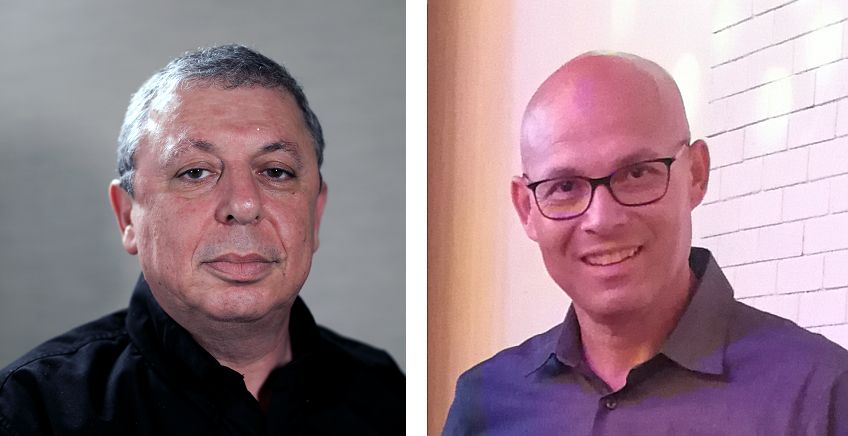
According to Dolkin, Flex Israel employs approximately 4,000 workers in its three production plants in Israel and serves about 150 different clients. “We are at the forefront of adopting technological solutions that provide protection for our clients and production procedures in Israel and around the world.”
“We believe that Cybord’s impressive technology constitutes a breakthrough in the field and will strengthen Flex’s capacity to ensure advanced, quality production. We will continue to implement the advanced production and testing technologies that enable Flex Israel to be a global center of excellence in manufacturing processes.”
Posted in: Electronic Components , News
Posted in tags: Counterfeit , Cybord , electronic components , flex



